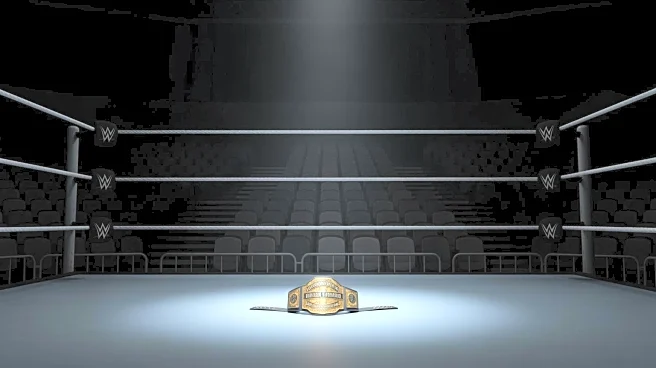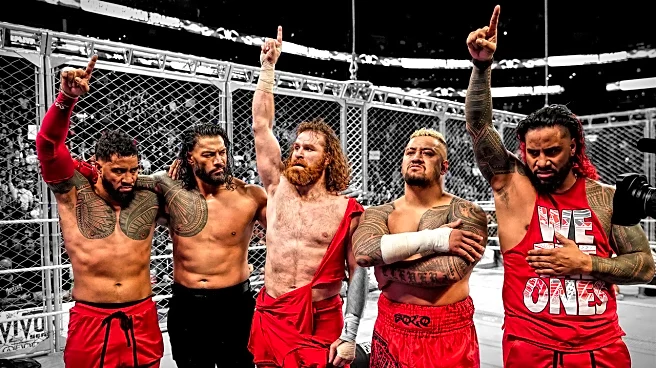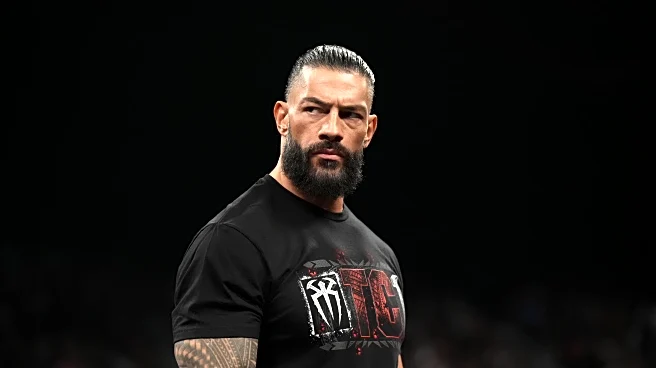What's Happening?
WWE is facing criticism for its recent go-home shows leading up to the Survivor Series: WarGames event. The shows, which are meant to build excitement for the upcoming premium live event (PLE), have been
described as lacking in drama and spectacle. Historically, go-home shows were used to sell pay-per-view events, but with the shift to subscription services, WWE seems to have grown complacent in their approach. The recent shows have been characterized by generic brawls and a lack of significant developments, leading to dissatisfaction among fans. The criticism highlights the need for WWE to reinvigorate its approach to these shows, potentially by featuring more compelling matches and segments that add stakes to the upcoming event.
Why It's Important?
The criticism of WWE's go-home shows is significant as it reflects broader concerns about the company's ability to engage its audience and maintain interest in its events. With the shift from pay-per-view buys to subscription services, WWE must find new ways to keep fans invested. The lack of excitement in these shows could lead to decreased viewership and engagement, impacting WWE's revenue and brand reputation. By failing to deliver compelling content, WWE risks alienating its fan base and losing potential subscribers. Addressing these concerns is crucial for WWE to sustain its position as a leading entertainment provider and ensure the success of its premium live events.
What's Next?
WWE may need to reconsider its strategy for go-home shows to enhance viewer engagement and anticipation for its events. This could involve featuring more high-stakes matches and segments that build narrative tension and excitement. Additionally, WWE might explore ways to utilize its talent more effectively, showcasing performers who are not on the PLE card to add variety and interest. By revitalizing its approach, WWE can create a more compelling lead-up to its events, potentially increasing viewership and subscriber numbers. The company may also need to address fan feedback and adjust its creative direction to better meet audience expectations.












